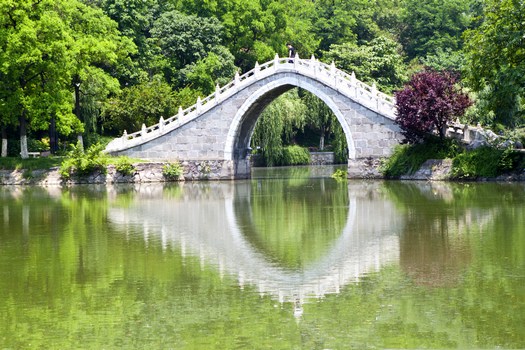Artistic Photography of Chinese Life
Artistic photography requires an eye for the unusual hidden within
the everyday. My friend Paul Dishman has such an eye; the pictures
below are all his taken when he visited my Chinese city in 2012. They
are released here as public domain photographs. Paul did some
post-processing on the photos and they appear here as he gave them to
me, except for resizing for easy webpage display.
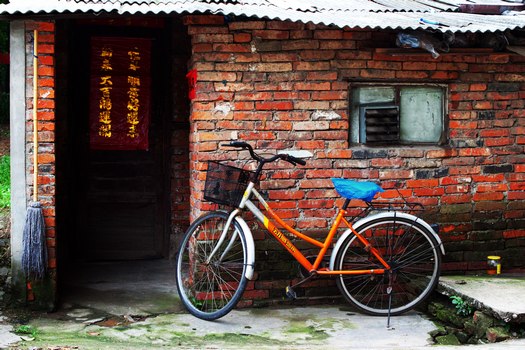
This rough-looking home is on the campus of our university, which
sports some ultramodern buildings. Somehow, this old one-storey row of
brick houses has remained. On the other side of the row are a couple of
small shops: a seamstress, a photocopy place, a corner store... just
people getting on with making a living.
The bicycle is still the typical vehicle for most Chinese. Cars are
for rich, or at least upper middle class, families. I like to get
around by bicycle but if I need a car there are plenty of taxis
around (except during rush hour or rainy weather).
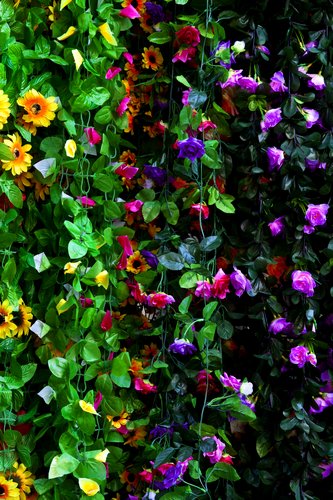
Paul didn't tell me where he took this photo, but my guess is that
it was at my city's fish and flower market.
Strands of (plastic) flowers like these are often used for
decoration in small stores and restaurants. They bring a splash of
colour into drab places.
The artificiality of the fake flowers to the left contrasts with the
natural pond surface and the
lilypad in the public domain photograph below.

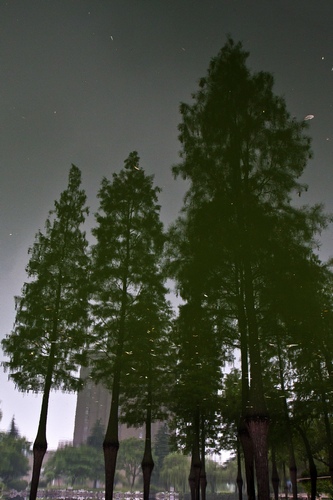
Sometimes the point of artistic photography is that what you think
you see, isn't what you actually see.
Look at the photograph on the right. You'd probably guess it was
taken in early evening as the sky darkened. You'd be wrong.
This was taken in broad daylight.
To find the secret of this scene, look carefully at the base of the trees.
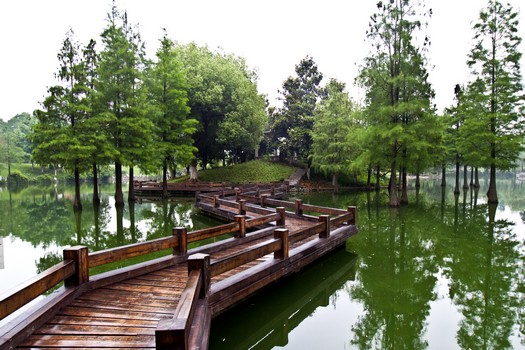
This scene (above and below) is on my university's campus. Chinese
landscaping often involves ponds and they can be done beautifully. The
winding walkway over the water is a typically Chinese design.
Have you ever wondered why Chinese walkways in gardens are line
segments connected at various angles rather than just straight? It's
not just for artistic
effect. Supposedly, it is the same reason that traditional Chinese
doorways have a beam at the bottom of the door.
Ancient Chinese teaching was that evil spirits traveled only in
straight lines, so a winding path like this would fool them. Similarly,
a beam across the bottom of a doorway would keep them from entering a
house. Not very bright demons, eh? But the belief resulted in a beautiful
"typically Chinese" look for many structures.
Artistic photography sometimes involves reduction of colour. Do you
prefer the
colour or the black & white version of this scene?
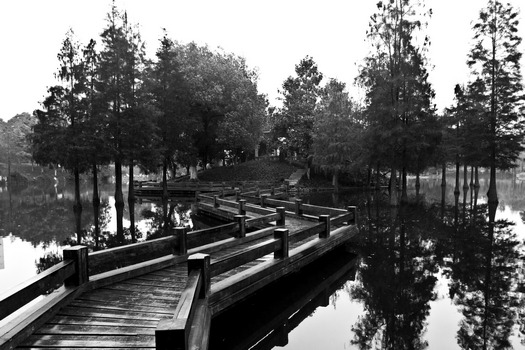
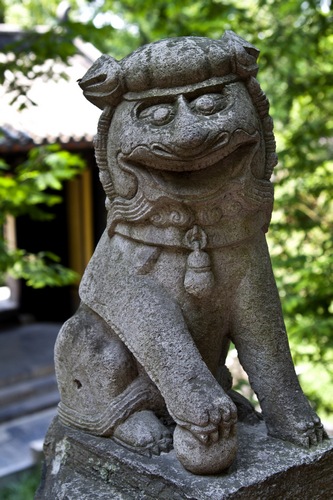
Stone lions are popular in China. For example, the main gate of my
university is flanked by two 2-metre tall lion statues.
But usually stone lions are angry, noble, haughty...
This lion just looks amused.
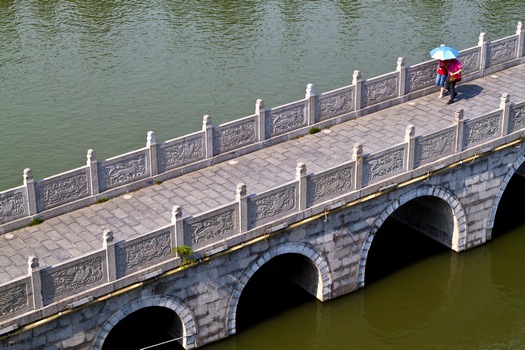
Much of the traditional Chinese architecture involves stone. The scenes above and below are of bridges on the old city moat around Hefei. The city extends kilometres beyond the moat in all directions now, but the moat has been preserved as the "round the city" park, which gives many opportunities for artistic photography.
